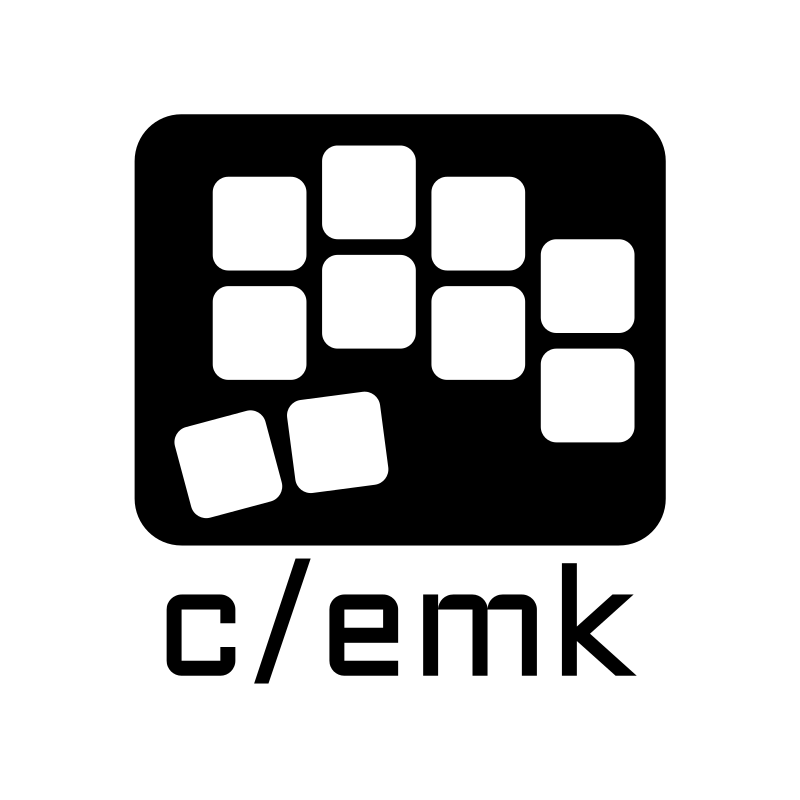

In a similar situation, I managed to extract the broken bit with a needle and some perseverance. I did not have to heat the needle.
Ergo keyboard enthusiast.
Daily drives a couple of Dometyl generated dactyl keyboards (3x6+2+6 keys per side), using Optimot layout.


In a similar situation, I managed to extract the broken bit with a needle and some perseverance. I did not have to heat the needle.


Unless I am mistaken, keyd is a kernel level input remapper (like kmonad and kanata). So it is a lower level component: even if you use keyd, xkb will still be there, downstream. The situation would be roughly the same as with xmodmap… except it won’t even be enough!
Indeed, this method consists in mapping scan codes to other scan codes. At this level, there is not the notion that a key produces a character yet. Hence concretely, kernel level input remapping (like QMK, btw) cannot be used to map a key to a character that is not already declared in a higher level component (usually in xkb or xcompose, but it can also be a another component using X11 API, such as xmodmap, for instance).


My first ergo split was a Kimiko (roughly the same as a Sofle v2) which also had this num row I quickly stopped using (I ended up affecting it to F keys, still useless anyway; even for switching VTs I tended to use F keys from one of the layers).
My current daily driver is a 3x6 dactyl with a 4th key under middle and ring finger columns and… a 6 keys (2 rows) thumb clusters. All 6 keys can easily be reached because of the 3D shape. I would say only a couple of keys among the 50 are not really useful, hence it is the sweet spot for me now (for a sculpted keyboard anyway; for a flat one, I have to make it work with smaller thumb clusters).
Anyway the similar layout of the thumb clusters and similar goals (Linux user; typing in French) made me want to comment :).


Very nice keyboard!
For French, I like having a 4th alphabetical key under the middle finger (for instance, move the innermost thumb key a little upward so that is contiguous with the middle finger column). This allows having all the most common characters in the main layer (also using most of the outer pinky columns for this purpose).
Otherwise does this 2 row cluster work well for you? (In particular the upper row)
Concerning the technical trick with xmodmap, I have the feeling you are adding much complexity just for the sake of using qmk’s graphical configurator. Since you are already using xkb (obviously, since there isn’t any serious alternative under X11 or Wayland!), why not configure everything in xkb layout? This way you can configure any existing character without any strange workaround or third party tool! Then your use qmk just for fancy stuff (layers, combos, hold-tap, … ).
The usual argument against xkb is that you cannot bring your keyboard around and have it ready to use on any machine. But since you are using xmodmap, I assume it is not a concern for you, is it?


Kailh choc’s actuation point is only 1.3mm, which is really close to Cherry MX Speed’s (1.2mm).
Of course the two categories concern very different switches, but isn’t this the main trait of speed switches (compared to other MX switches) ?


All my Dactyls are hotswap, so I cannot compare… But it seems that, as expected, stuff is more likely to move and break solder joints when you have hotswap sockets.
A cure for this is to make sure everything is securely glued to the case, but the point of hotswapping, in my case, was the ability to hotswap the whole matrix wrt the case so I can iterate case versions until I print the one with the best parameters.
So after the prototyping phase is over, I encourage you to glue everything you can glue, and screw everything you can (some per-key pcbs, such as the su120, have screw holes… but probably it is even better to use flexible per-column pcbs, instead of per-key, as solder joints that do not exist cannot be broken!).


Facing with the same problem (not exactly: my keyboard have a few more keys than the Corne), it always felt more disruptive to me to interrupt the flow with layer switching than to stretch the pinkies to the outer column (or middle fingers to an extra row) for uncommon characters.
So I used Bépo (and now use Optimot) with very little adptations.
It implies outer column stuff must move either to thumb clusters (for the most used keys) or to layers, to give priority to letters.


A split, 2 hands, keyboard that sometimes can be used one-handedly should not be the same as a one hand keyboard.
Somehow, it should include all the uncompromising layout of a typical split keyboard, plus a set of keys on the left side, replicating the right side keys, but maybe with some adaptations. It could also be just another layer on the left side, but I don’t believe this would cover the need expressed by op.


It could be interesting to develop a project from idea (3).
What shape should have the left hand side for instance, assuming it should have ~40 keys under a single hand?
Non-figurative ones are boring, although beautiful: we had our share of those during previous editions of Plasma. But maybe they have a more corporate vibe… And they definitely are in line with current Plasma identity.
On the other hand, middle right and bottom right are really nice. I think I like middle right in particular, but it’s probably too cute for me to be seen having such a wallpaper;). Bottom right it’s much safer!
(That said… I will just switch to one of the “picture of the day” plugins, as usual).